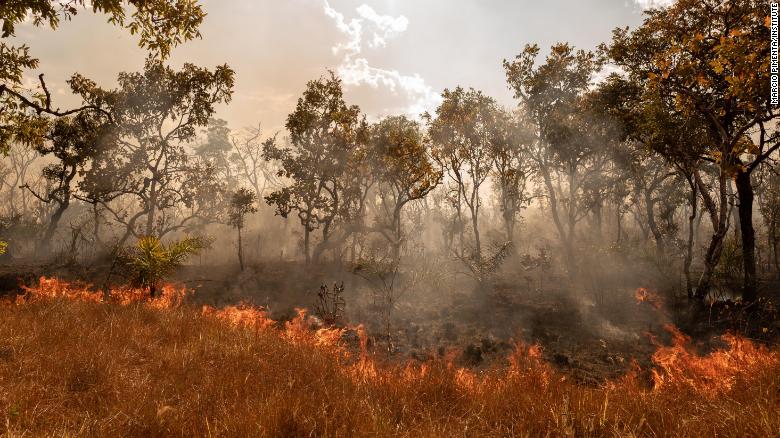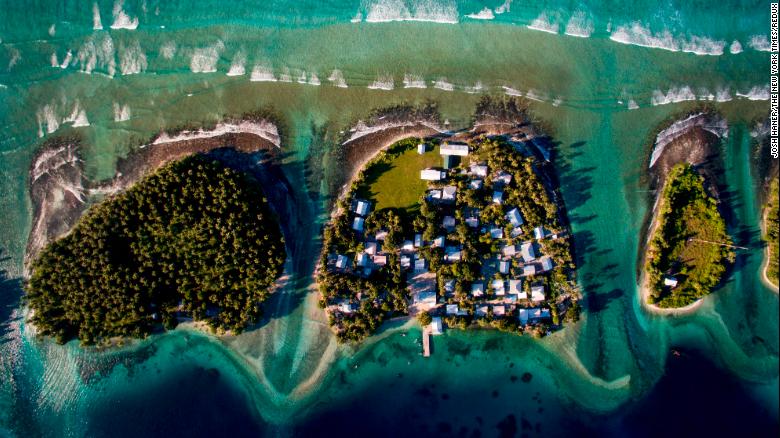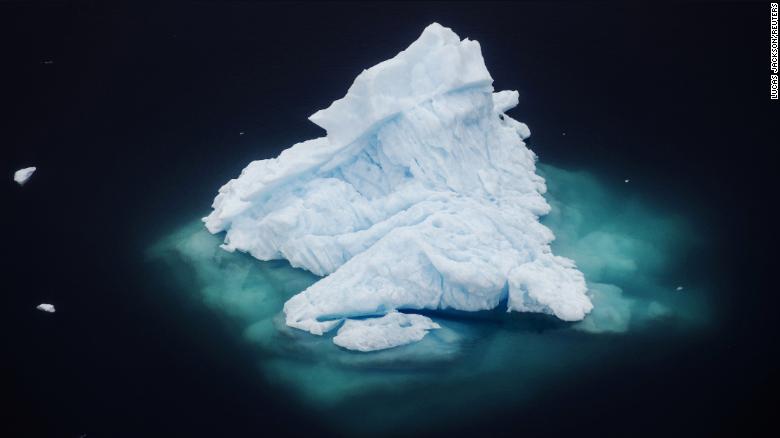
In 2010, leaders from 196 countries gathered in Japan and agreed on a list of goals designed to save the Earth and target was 10 year plan to be completed in 2020, and now when the time has come the world has failed to achieve that target, reports CNN.
What Was The Target?
The Aichi Biodiversity Targets laid out a 10-year plan to conserve the world’s biodiversity, promote sustainability, and protect ecosystems.
The targets were ambitious, but crucial.
One, for instance, aimed to prevent the extinction of threatened species and improve their status by 2020.
We’ve reached the deadline — and the world has collectively failed to fully achieve a single goal, according to the United Nations’ Global Biodiversity Outlook report, published on Tuesday.
“Humanity stands at a crossroads with regard to the legacy it leaves to future generations,” the report warned. “Biodiversity is declining at an unprecedented rate, and the pressures driving this decline are intensifying.“
On average, the participating countries reported that more than a third of national targets are on track to be met; half of the national targets were seeing slower progress; 11% of targets show no significant progress, and 1% are actually moving in the wrong direction. There is some scant progress to celebrate, but “the rate of biodiversity loss is unprecedented in human history and pressures are intensifying,” said Elizabeth Maruma Mrema, executive secretary of the UN’s Convention on Biological Diversity, in a press release.
“Earth’s living systems as a whole are being compromised. And the more humanity exploits nature in unsustainable ways and undermines its contributions to people, the more we undermine our own wellbeing, security and prosperity.”
What The World Achieved
First, the good news: the past decade has seen some limited progress.
The six targets partially met are:
- preventing invasive species,
- conserving protected areas,
- access to and sharing benefits from genetic resources,
- biodiversity strategies and action plans,
- sharing information, and
- mobilizing resources.
The global rate of deforestation has fallen by a third compared to the previous decade. A number of places have successfully eradicated invasive species. Some countries have introduced good fisheries management policies, which helped build back marine fish stocks that have been hard hit by overfishing and environmental degradation.
“Without such actions, extinctions of birds and mammals in the past decade would likely have been two to four times higher,” the report said.
Not Enough Achievements
The list of achievements is encouraging, and show that it’s possible for governments to take unified action with concrete results, but, the report warns, it’s nowhere near enough.
The 20 targets can be further broken down into 60 “elements,” of which 13 show either no progress or, worse still, moving in the opposite direction, according to the report.
Habitat loss and degradation remains high, especially in forests and tropical regions. Global wetlands are declining and rivers are fragmenting, posing a “critical threat to freshwater diversity,” the report said.
We have also plunged headfirst into the sixth mass extinction; wildlife populations dropped by more than two thirds since 1970, and have continued to decline in the past decade, the report said.
Lackluster Efforts & Funding
These lackluster efforts are reflected in our funding. Governments globally spend about $78-91 billion a year on biodiversity efforts, the report estimated — way below the hundreds of billions of dollars needed.
Even in areas that have made progress, the situation isn’t really improving — just declining slower, and perhaps with less severity than if no action were taken at all. For instance, though some countries have managed more sustainable marine fish stocks, globally a third of marine stocks are still overfished — a higher proportion than 10 years ago, the report said.
What We Need To Do
Immediate action is needed more urgently than ever; the devastation of the Earth’s biodiversity will affect us all, and be particularly damaging for “indigenous peoples and local communities, and the world’s poor and vulnerable, given their reliance on biodiversity for their wellbeing,” the report said.
There are more specific steps laid out within each area — for instance, cities need to create more green spaces, consider the impact on biodiversity when building new roads or infrastructure, and promote local food production.
“Stepping up action to safeguard and restore biodiversity — the living fabric of our planet and the foundation of human life and prosperity — is an essential part of this collective effort,” he added.
Did you subscribe to our daily newsletter?
It’s Free! Click here to Subscribe!
Source: CNN




















